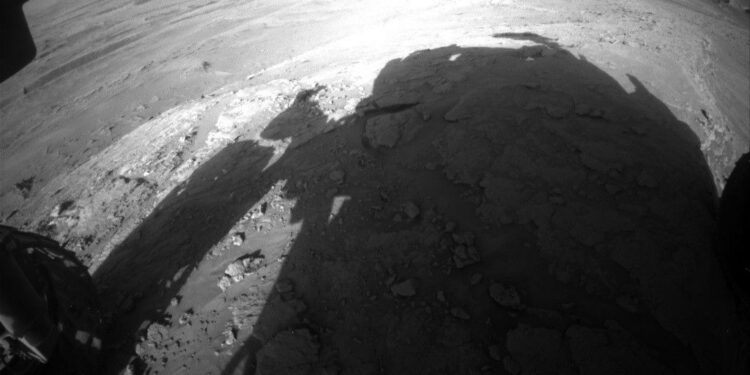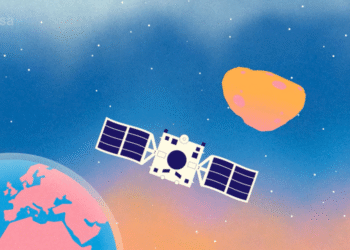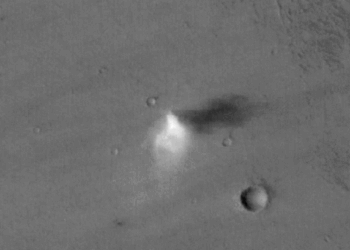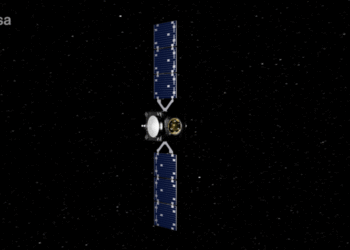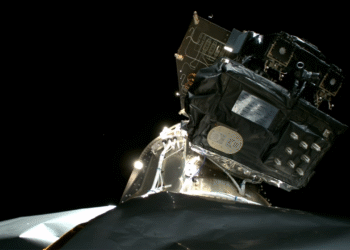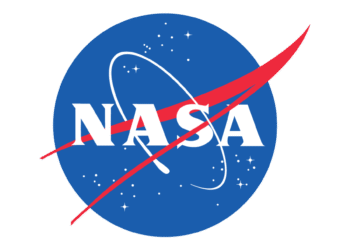The Curiosity Rover, part of NASA’s Mars Science Laboratory mission, continues to offer valuable insights into the Martian landscape as it navigates a ridge on Mars. This exploration is essential for understanding the planet’s geological history and could provide clues about past water presence and possible ancient life.
On Sols 4616 and 4617, the rover has made significant progress in exploring the ridge. This area poses both opportunities and challenges. The topography offers a unique vantage point to examine rock formations and underlying geological structures. Scientists are particularly interested in the varied sedimentary layers present, which might hold organic compounds and other critical data regarding Mars’ past.
Navigational Challenges
The rugged terrain presents a considerable challenge to the rover’s navigation systems. These ridges are lined with steep and unstable surfaces, requiring careful planning and precision in maneuvering. Engineers have to use both pre-planned paths and adaptive route adjustments, relying on Curiosity’s advanced onboard technologies to safely traverse these areas.
Despite these difficulties, the rover’s journey also offers the chance to test new technologies for future Mars missions and refine techniques for challenging terrains. Curiosity’s successful navigation of this complex environment continues to provide invaluable data and adjust strategies for future missions on the red planet.
Scientific Goals
Researchers see this mission as a key step in understanding Mars’ environmental history. The sediment layers found in this ridge are considered records of Mars’ climatological past. By examining them, scientists aim to reconstruct the sequence of climatic and geologic events that shaped the Martian surface.
Moreover, these studies may also shed light on whether conditions on Mars were once suitable to sustain life. Findings from the ridge exploration will help refine models of the planet’s geological past, contributing to our understanding of both Mars and Earth’s evolutionary narratives.
For more information and up-to-date entries on the Curiosity Rover’s mission, visit the official NASA Curiosity blog.


